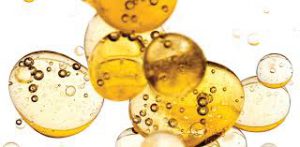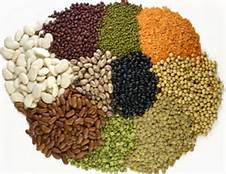Having been fortunate enough to work with kids the ages of 12 and under for multiple jobs I have held growing up, I have seen some of the best and worst ways to coach kids. Some of the worst training sessions happen with the absolute best planning ahead of time. Trying to stay within a box can greatly limit kids fun, which in turn causes activity time to fail. Instead, planning for fun and giving more leeway actually can lead to some of the best sessions for kids from my experience.
As much as anything, I remember only being taught about competition growing up. Cooperation was something that was not taught to me in a more formal manner until I was in college. While cooperation happens in certain team games, it is not something that we truly consciously know or think of early on, and that can hamper some development. Personally, I was and am one of the most competitive people around because of this. I might say I am going to do something for fun, but inevitably within 5-10 minutes that activity turns competitive.
PowerUp P.E. is an initiative in Rhode Island that looks to make P.E. fun for kids in school and also helps bring the cooperation aspect consciously into the kids’ minds. With activities like “Animal Walks,” “Oscar the Grouch,” and “‘One, Two, Three, We’re Free’ Tag” kids learn fundamental athletic movements in a fun manner.
Going even deeper, kids are able to provide feedback on the activities, and are given feedback in order to improve on their basic movement skills. They also are able to pair these activities with other subjects like social studies in order to less formally learn school subjects like history in a fun manner.
Having something like PowerUp P.E. added to most schools around the USA would be a great way to keep P.E. in most curriculums. Even if P.E. is taken out, this can be a beneficial way to help teach subjects like social studies as it keeps kids both entertained and focused.
I believe this can be used both as a program during the school year, and the summer. It can help maintain knowledge learned during the year if properly used as a summer camp. Also, it can be used both during and after school during the school year. If P.E. is removed from school’s then schools or other places can use this after school to help teach both basic activities and general school classes.
Practitioners should look for ways to implement this as quickly as possible, as it can solve the growing P.E. problem in the USA. 22% of schools already are without P.E. and this program is an ideal way to help bring it back to schools.
- http://riphi.org/portfolio/powerup-p-e/
- http://activelivingresearch.org/powerup-pe





.jpg?uuid=1LtK9IaKEeascqKZeTgUlQ)




